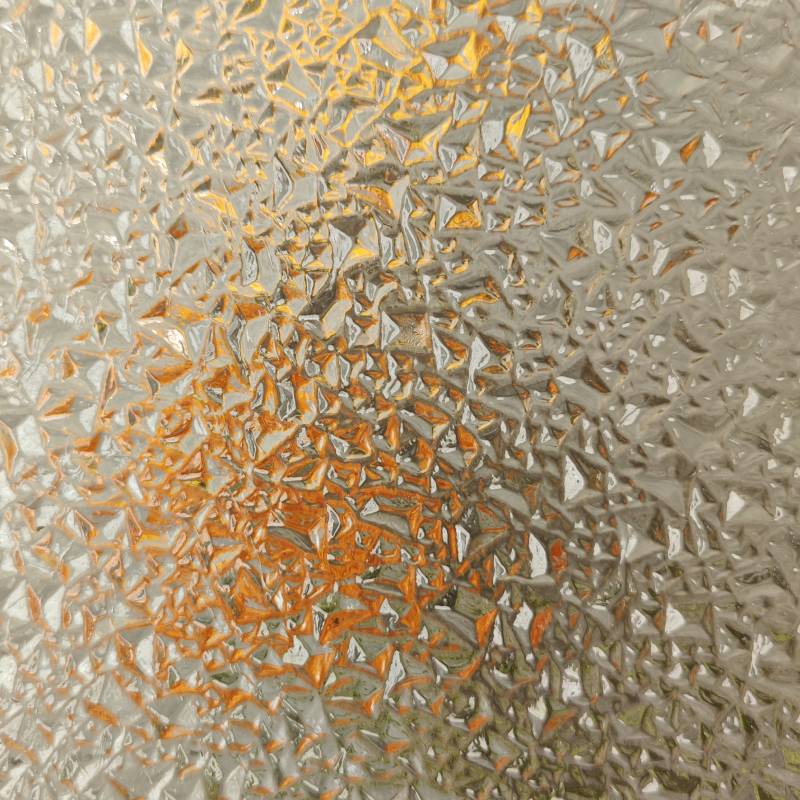

Exploring the Advantages of Planibel G Low-E Glass A Sustainable Choice for Modern Architecture
In the realm of contemporary architecture, the choice of materials plays a pivotal role in determining not only the aesthetic appeal but also the energy efficiency of buildings. One such revolutionary material that has garnered attention in recent years is Planibel G low-E glass. This innovative product combines modern technology with environmental consciousness, and it offers a multitude of benefits that make it a prime choice for architects and builders aiming to create sustainable structures.
What is Planibel G Low-E Glass?
Planibel G low-E glass is a type of insulated glass that is treated with a microscopically thin coating, which reflects infrared radiation while allowing visible light to pass through. This unique property significantly enhances the thermal performance of windows and facades, making it an ideal material for energy-efficient construction. The “low-E” designation stands for low emissivity, indicating its ability to reduce energy loss from buildings, thus contributing to lower heating and cooling costs.
Energy Efficiency and Cost Savings
One of the most compelling advantages of Planibel G low-E glass is its exceptional energy efficiency. By reflecting heat back into the building during colder months and keeping it out during warmer months, this glass effectively maintains a more stable indoor temperature. This capability not only enhances comfort for occupants but also reduces the reliance on heating and cooling systems, leading to significant energy savings over time.
Building owners can expect to see a reduction in utility bills, as the enhanced insulation properties of low-E glass often allow HVAC systems to operate more efficiently. In addition, integrating Planibel G low-E glass into a building can positively impact its overall energy rating, making it more appealing to environmentally conscious tenants.
Environmental Impact

In an age where sustainability is at the forefront of architectural design, the use of low-E glass plays a crucial role in reducing a building's carbon footprint. By improving energy efficiency, Planibel G low-E glass contributes to lower greenhouse gas emissions associated with heating and cooling. Furthermore, many manufacturers of low-E glass, including the producers of Planibel G, are committed to sustainable practices, utilizing eco-friendly materials and processes in their production.
Enhanced Comfort and Natural Light
The benefits of Planibel G low-E glass extend beyond energy efficiency and environmental impact. One of the most attractive features of this glass is its ability to allow natural light to permeate spaces while minimizing glare and UV radiation. This means that buildings can be designed with expansive windows and glass facades, creating bright and inviting interiors that enhance the quality of life for occupants.
By harnessing natural light, architects can reduce the need for artificial lighting during daytime hours, further contributing to energy conservation efforts. Additionally, the reduced glare helps in creating comfortable environments for both residential and commercial settings, making spaces more conducive to productivity and relaxation.
Aesthetic Versatility
Architectural design is not solely about functionality; it is also about beauty and character. Planibel G low-E glass offers architects and builders a versatile material that can adapt to various styles and designs. It is available in multiple thicknesses and can be treated or laminated in various ways to achieve different aesthetic effects. This adaptability allows for creative freedom in design, enabling architects to push the boundaries of contemporary architecture while still prioritizing energy efficiency.
Conclusion
The integration of Planibel G low-E glass into modern architectural projects represents a significant advancement in the quest for sustainable building materials. Its combination of energy efficiency, cost savings, environmental benefits, enhanced comfort, and aesthetic versatility makes it an invaluable asset for anyone involved in the construction industry. As society continues to emphasize the importance of sustainability, materials like Planibel G low-E glass will undoubtedly play an essential role in shaping the future of architecture, paving the way for buildings that are not only functional but also harmoniously aligned with the natural environment. Embracing this technology is not just a choice; it is a commitment to a more sustainable future.